Why Food Writing Matters
A long-ago speech. A vintage menu. A Thanksgiving suggestion. And caviar with chocolate!
I was planning to write - at great length - about a thrilling meal I had in Paris a few weeks ago.
But in this post-election moment it strikes me that this is not the time for that. Instead, I offer up a speech I gave to a group of food journalists 33 years ago. As you will see, it was a very different era, a time when food writing was universally disdained by “real journalists” as a mere distraction for the ladies.
But today the speech is a reminder (if we need it), that food touches everything we do. And that it is definitely a political issue. Every election analyst has pointed to rising food costs as a major concern for voters. Yet despite the evolution of food writing over the last thirty years, consumers still have very little understanding of the forces that drive those costs.
That needs to change. Most of the readers of La Briffe are aware that our food system is badly broken. If we have any hope of fixing it we need to know how the food system actually operates.
Thirty-three years ago I was convinced that food journalists were absolutely necessary.
It has never been more true.
You’ll note that this speech mentions that no food writer had ever been honored with a Pulitzer Prize; that changed in 2007 when Jonathan Gold (also mentioned below) became the first.
As for that Black journalist I mention, the one who wrote the piece about living on food stamps? That was Toni Tipton Martin, author of The Jemima Code and the 2021 winner of the Julia Child Award.
Some things do change.
If you’re interested in a much longer discussion of these subjects, you might want to read the Tanner Lecture I gave in 2005, Why Food Matters. You can access it here.
At this point a little nostalgia from a simpler time seems in order. Valentine’s opened in 1936, but I’m guessing this menu is from the fifties.
“No service less than 10 cents.” That pretty much says it all. And look at those hours!
The Kurobata ham I order every year from Snake River Farms has just arrived, and I thought I might mention how delicious it is. For those who are not thrilled with the traditional bird, a ham makes a very fine addition to the Thanksgiving table.
If you’re going to be in New York City tomorrow afternoon, perhaps you’d like to join me at one of my favorite restaurants for Champagne and hors d’oeuvres? Afterwards, participate in a wide-ranging conversation between Chef Michael Lomonoco and me. We’ll end the afternoon with dessert.
I’m looking forward to a few delightful hours at Porterhouse. Please come.
Information here.
Chef Bruno Verjus is wildly ambitious and delightfully quirky. His main philosophy is “Our food choices shape our world.” How could I not fall in love with him?
And his food. His 27-seat Paris restaurant, Table by Bruno Verjus was recently anointed the #3 restaurant in The Fifty Best Restaurants of the World. It is a perfect expression of this erudite and widely-traveled chef. Who else, after all, would serve a caviar-topped chocolate tart?
Like everything else we ate that night it was spectacularly delicious. More about the rest of the meal very soon.





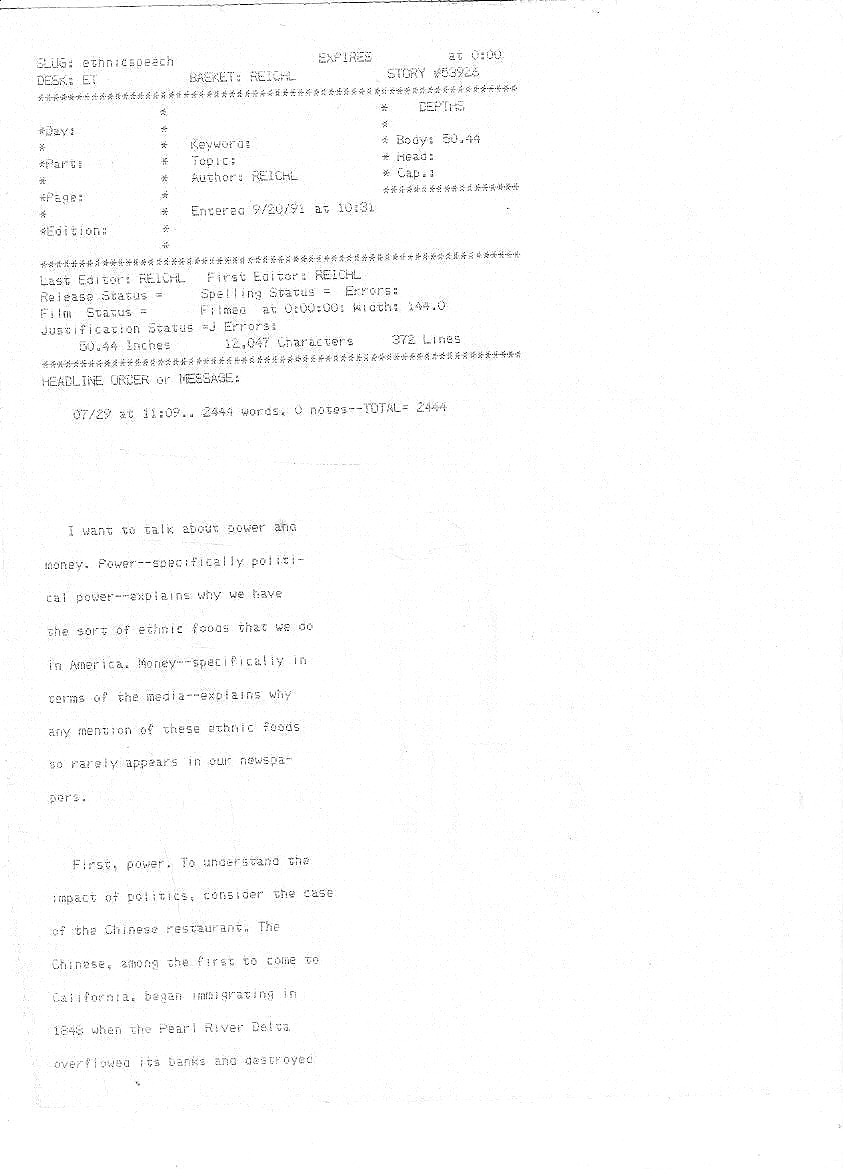
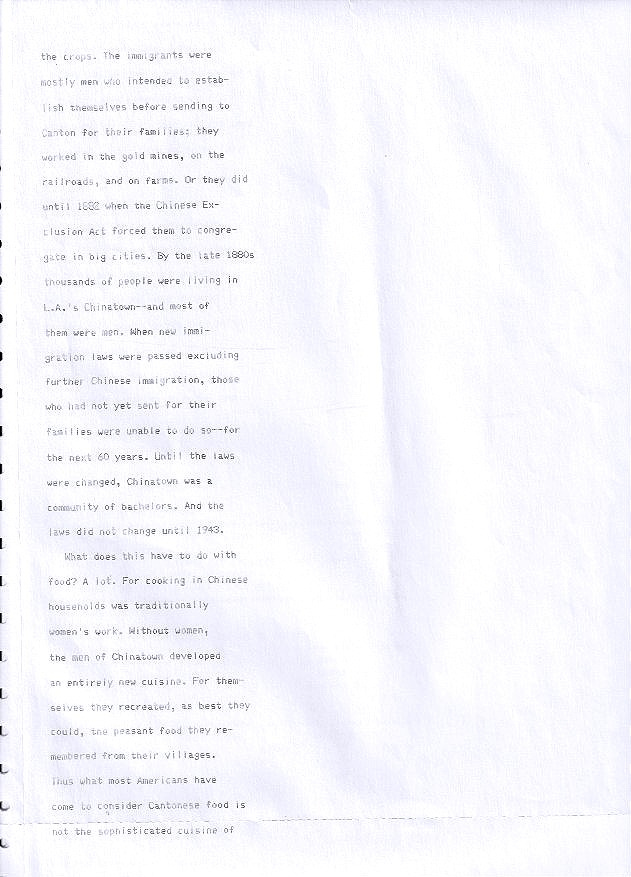
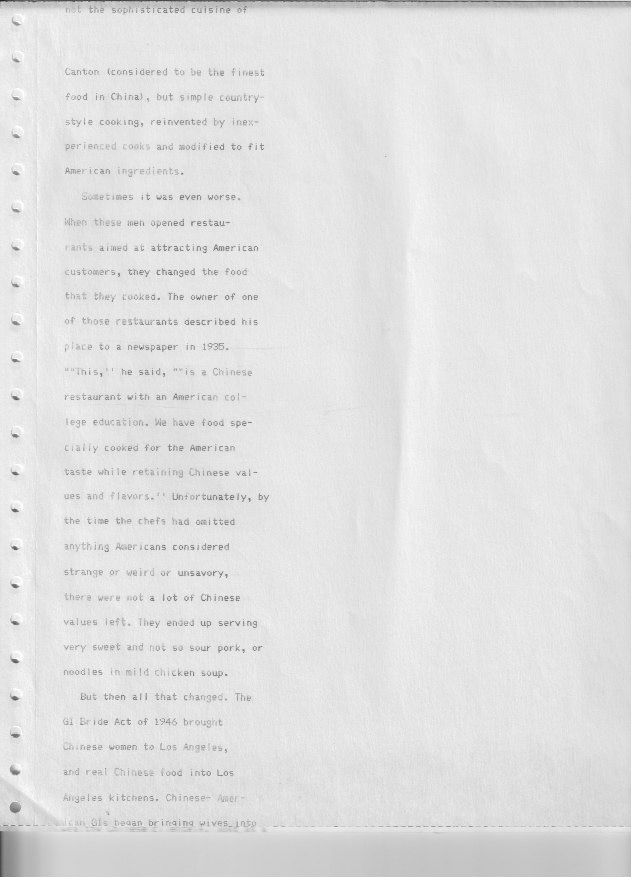
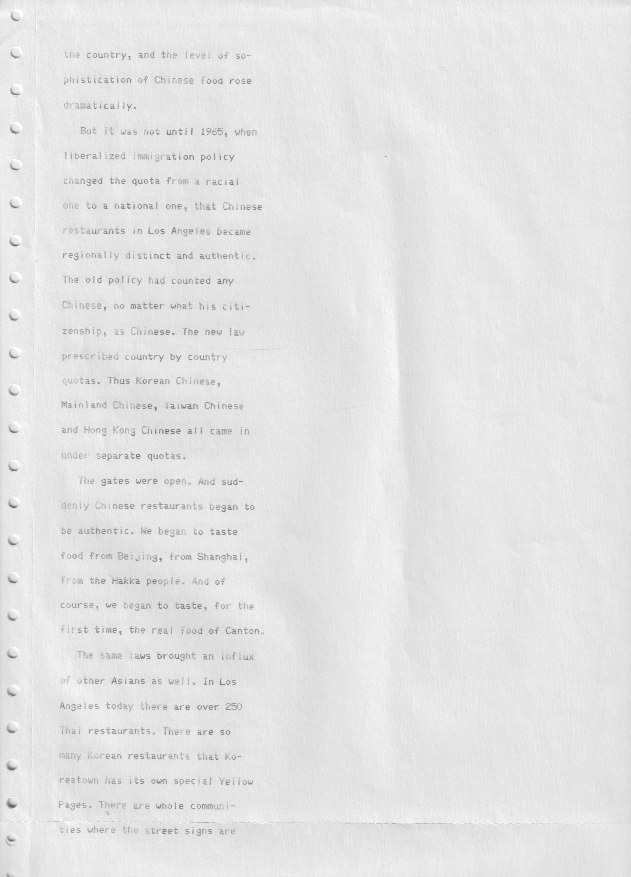
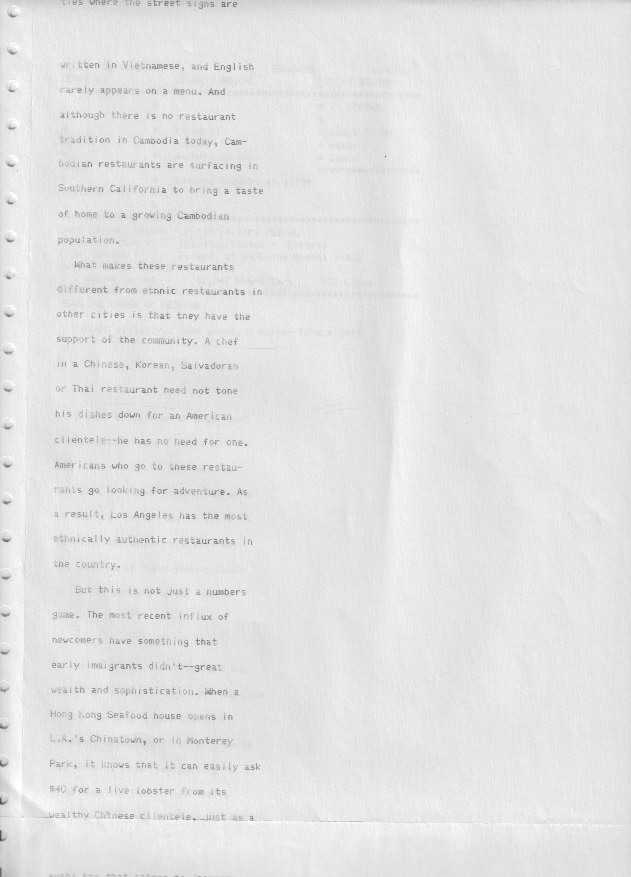
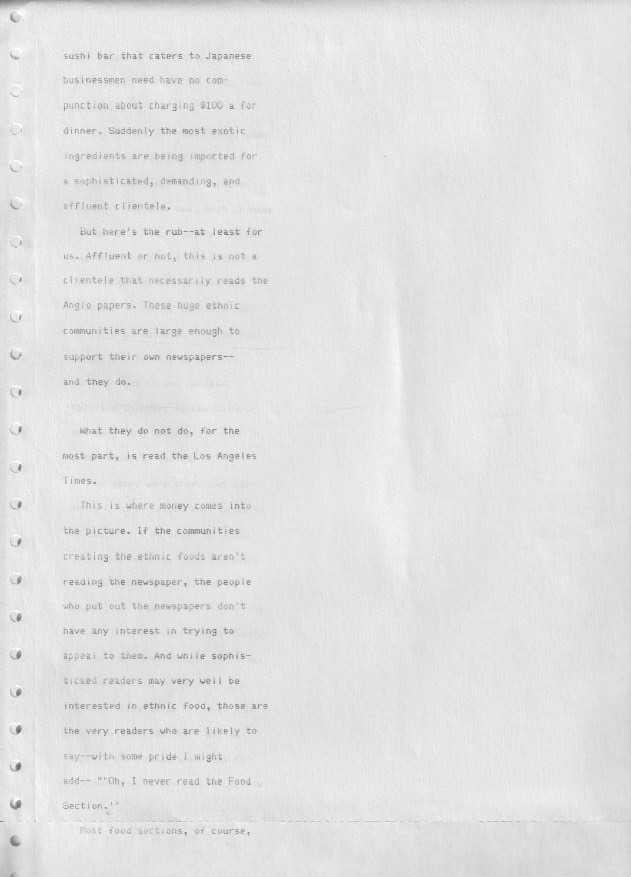
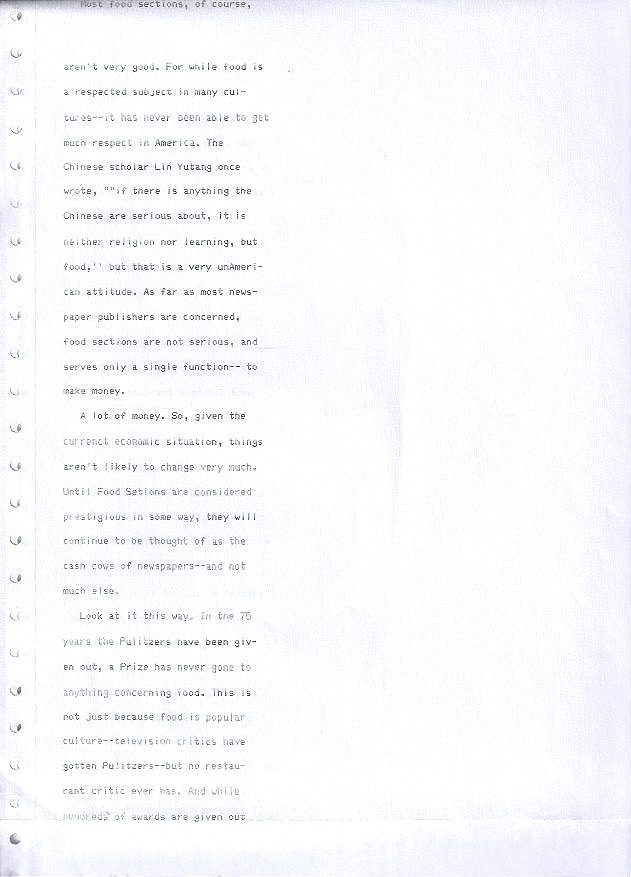
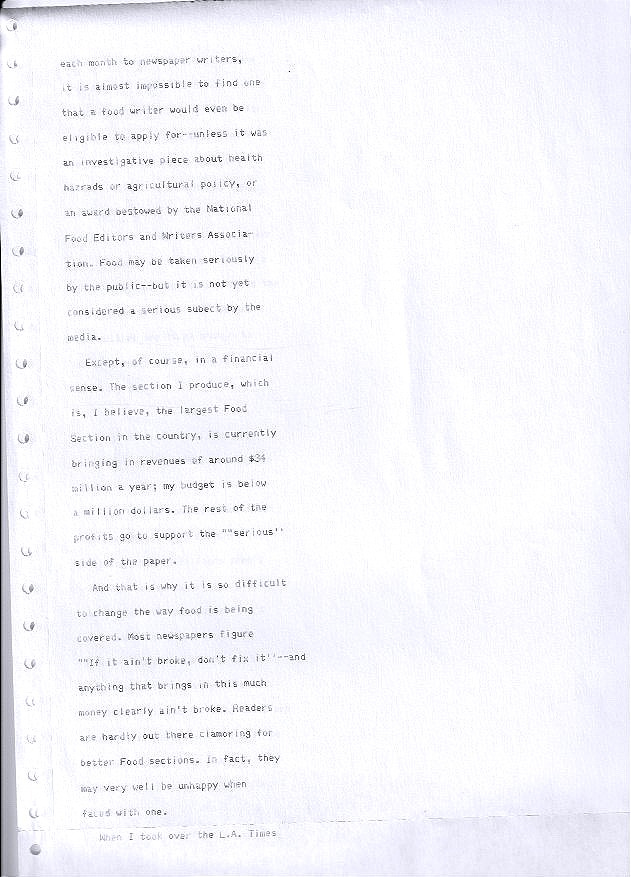
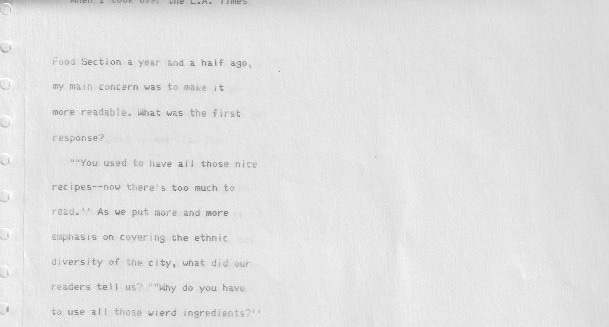
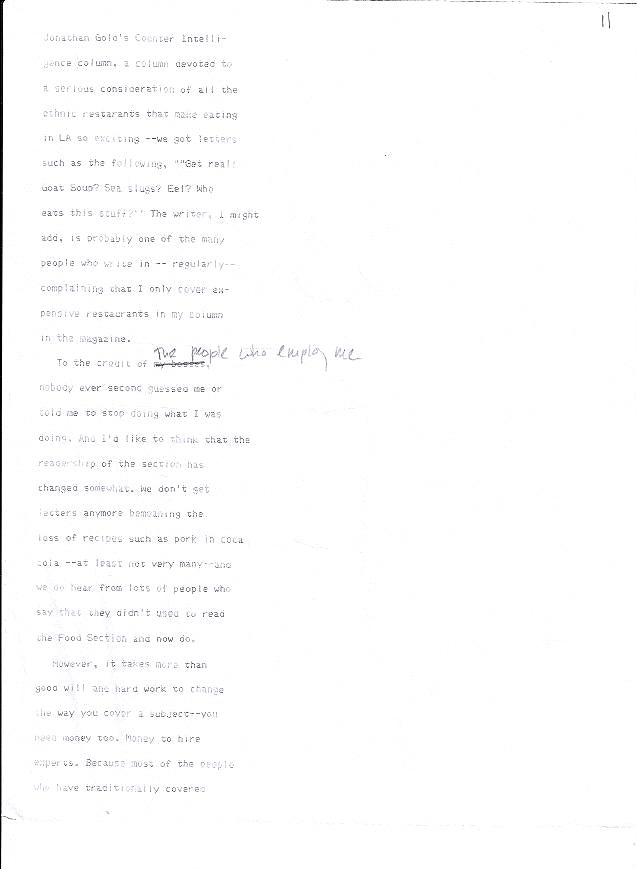
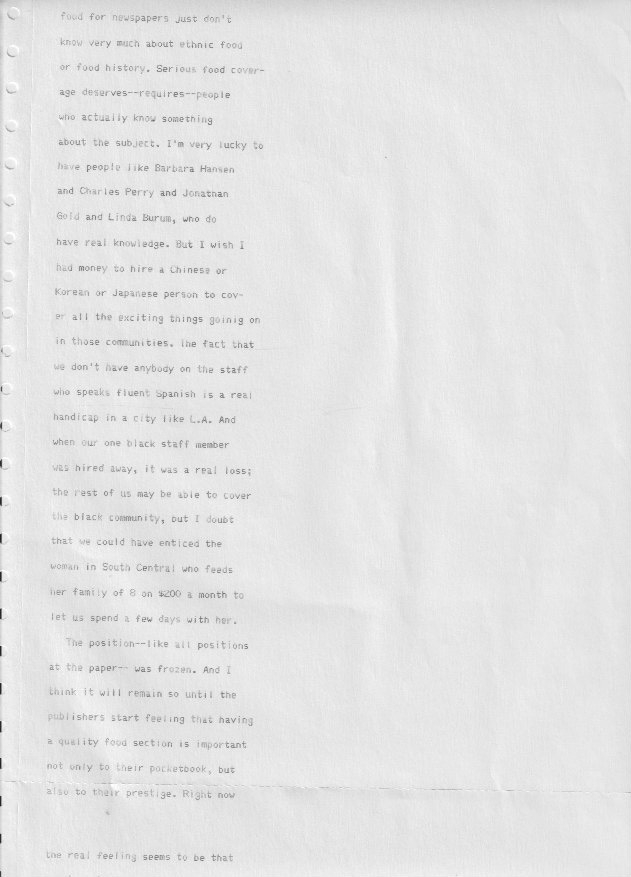
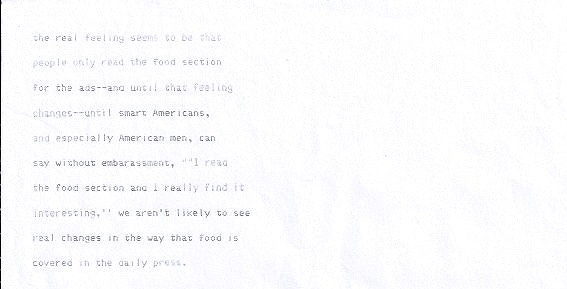

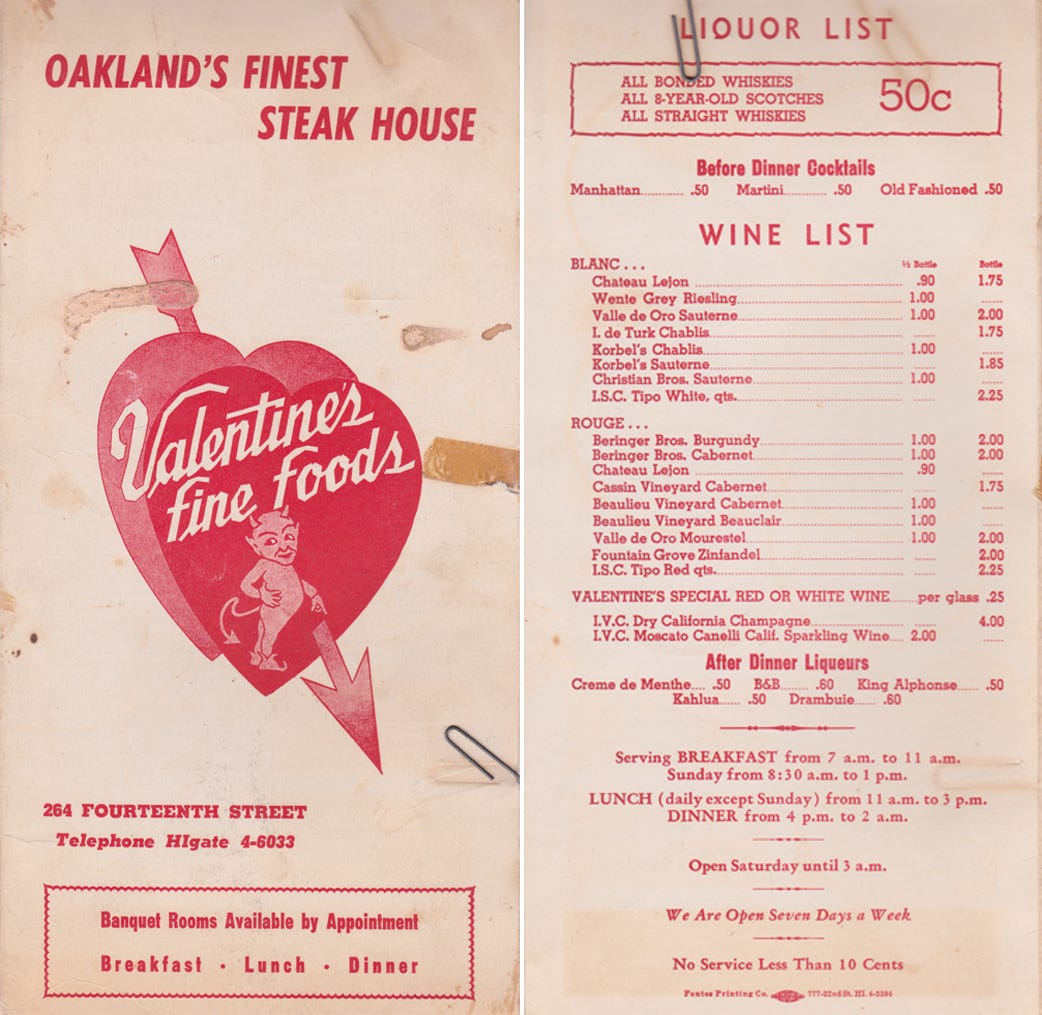
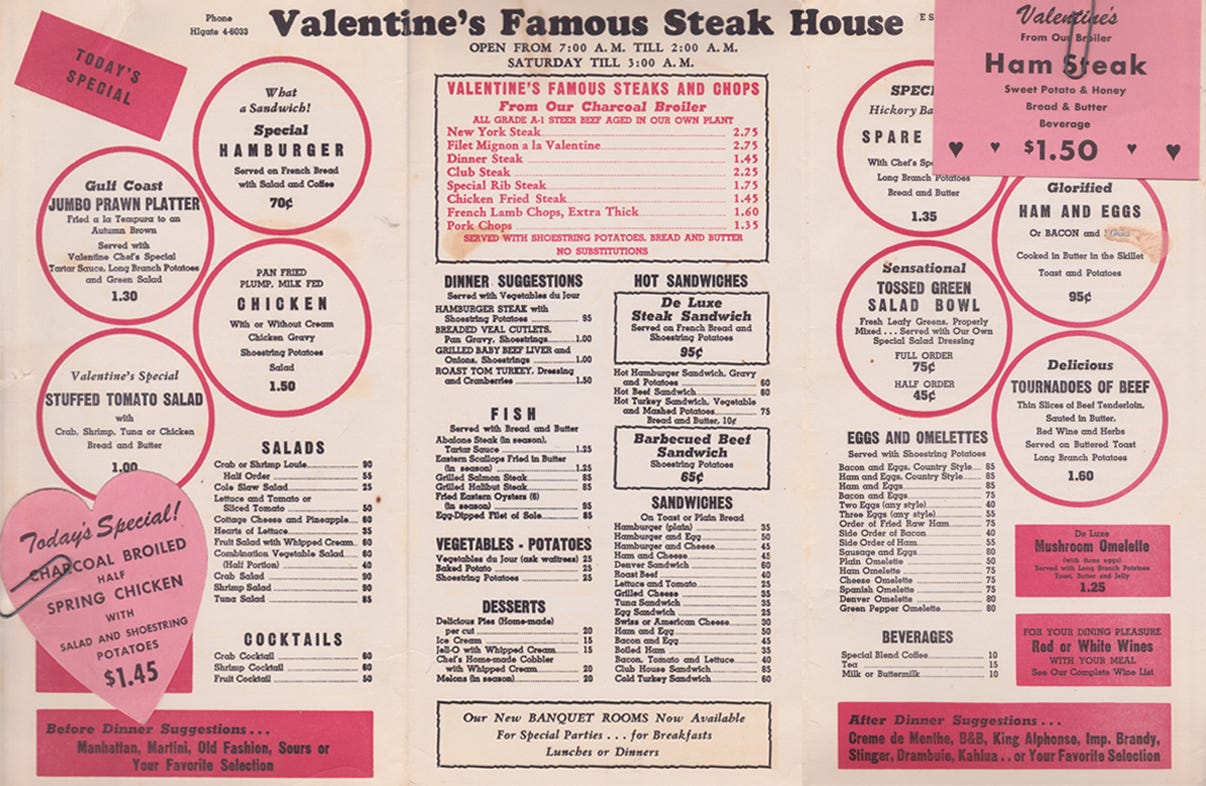

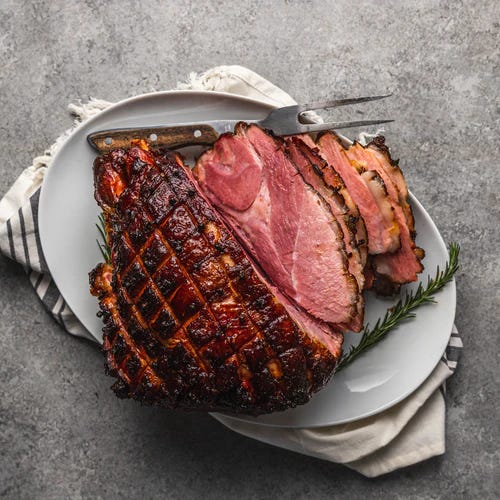


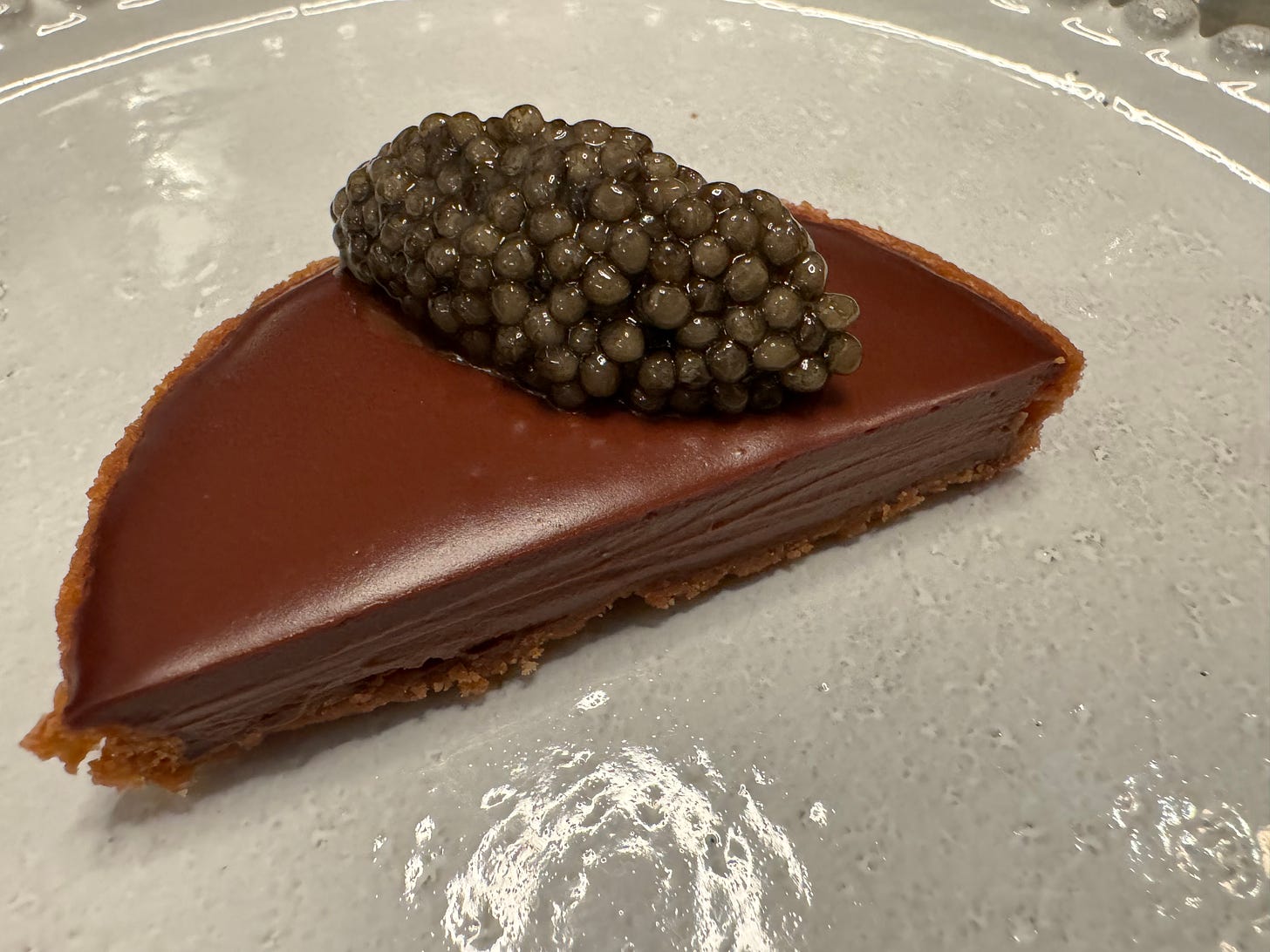

Thanks for sharing these and for your continued championing of food writing and of the importance of food in human culture.
I’ve worked in restaurants, grocery stores, grocery category management, distribution purchasing and on the ground in sales for cheesemakers and other specialty food makers. Every experience has shown me the layers of social, political, environmental importance of our food , food systems, hunger and wealth.
We humans are “what we eat” in much more profound ways than we generally know.
It’s awesome to see you brining up these subjects long before many other people began to broach it.
Thanks for sharing the speech- I've been sat at my computer for the last couple days a little paralyzed. How could I write about squash at a time like this?!
I'm also in awe of the old menu- I wish I could have visited the steakhouse back in the day.